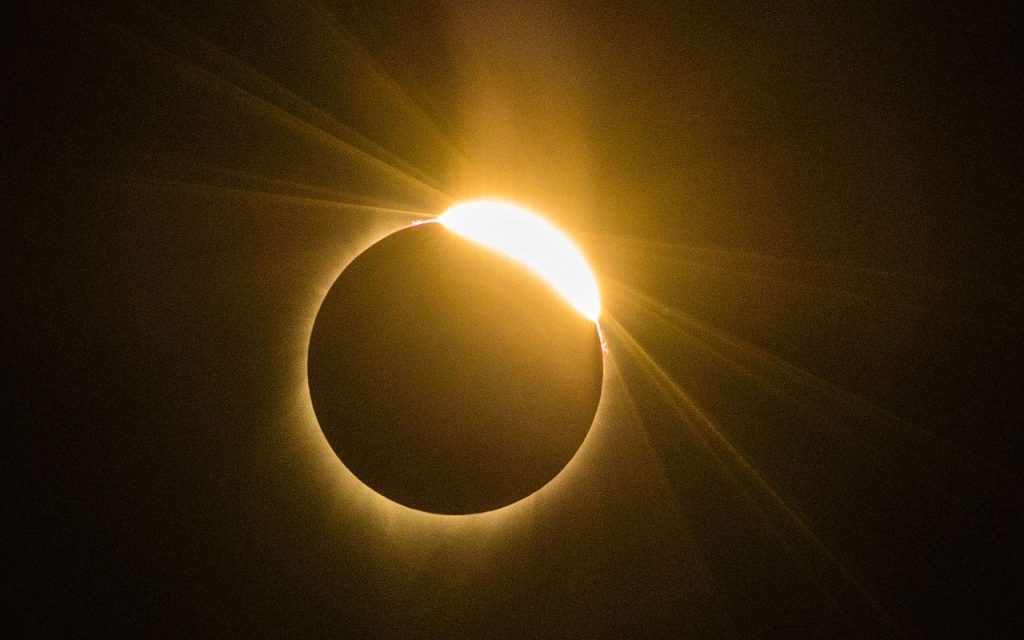A total solar eclipse is set to occur on April 8, bringing moments of darkness to North America and likely being one of the most photographed events of the year. To prepare for this rare event, NASA offers five tips on how to best capture the eclipse. First, it is important to protect your eyes and camera equipment by using solar viewing glasses and special solar filters. During totality, remember to remove the solar filter on your camera to capture the sun’s outer atmosphere, known as the corona. Any camera, from high-end DSLRs to smartphones, can be used to capture the eclipse, with the key factor being the photographer’s skill.
NASA recommends practicing with your camera equipment before the eclipse and finding a good area to view the event for the best shots. Using a tripod and delayed shutter release timer can help stabilize the camera and avoid blurry images. It is also important to plan your location to ensure you have the best view of the eclipse. The eclipse’s path of totality will pass over Mexico’s Pacific coast and end in eastern Canada, providing the best views and longest duration of totality.
When it comes to taking a selfie during the eclipse, experts warn that it may be dangerous as the ultraviolet rays can be harmful to the eyes. The screen of your phone reflects these rays directly toward your eye, leading to potential solar burn. Additionally, using a solar filter on the selfie camera may result in an image that is too dark to see clearly. While the eclipse itself will be the main focus, don’t forget to capture the unique lighting and shadows that cover the landscape during the eclipse, providing a great opportunity to showcase nature and wildlife in the moment.
As the total solar eclipse approaches, be sure to practice and plan your photography techniques to ensure the best possible shots. Remember to protect your eyes and camera equipment with solar viewing glasses and filters, and find a good location with the best view of the eclipse. And while selfies may be tempting, make sure to take precautions to avoid potential eye damage. Focus not only on the eclipse itself but also on the unique lighting and shadows that will cover the landscape during the event. Capture the emotions and experiences of those around you to create a truly memorable collection of photographs.


